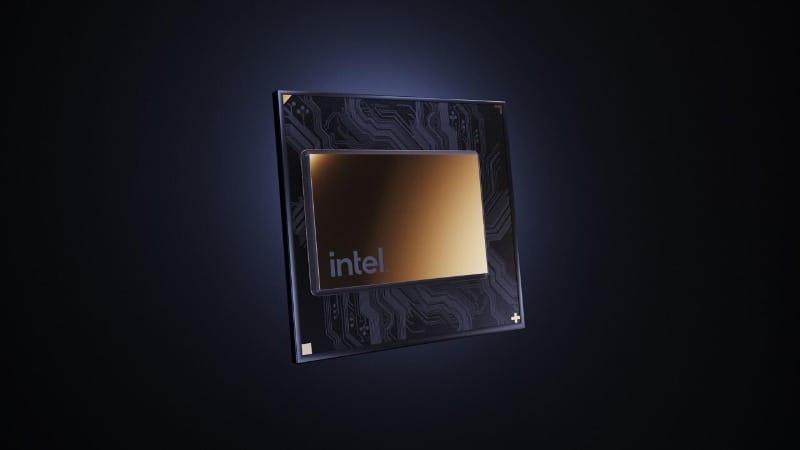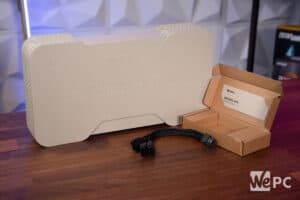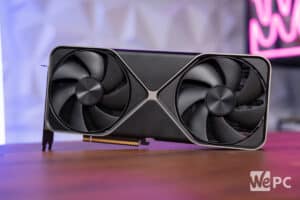TSMC states that demand is ‘slowing’ for PC parts
TSMC issues warning ahead of busy year

WePC is reader-supported. When you buy through links on our site, we may earn an affiliate commission. Prices subject to change. Learn more
According to a report from Nikkei Asia, demand for PC parts and smartphones is beginning to slow, as Mark Liu, chairman of TSMC stated on Wednesday. They attribute the slowing demand to geopolitical uncertainties and COVID-19 lockdowns, and restrictions in China to the slowdown in demand. They have also stated that consumer interest in China for Smartphones and PC parts is falling, and they also warn of the rising costs of components and raw materials, which they believe could result in higher prices for customers. ‘Pressure could eventually be passed on to customers’, they stated in a report.
Everyone in the industry is worried about rising costs across the overall supply chain.
Mark Liu, TSMC chairman
TSMC warns of woes
They further added that demand hasn’t shown to slow in other industries, citing the automotive industry, high-performance computing, and ‘Internet of things’-related devices still showing off impressive demand. But, there’s still the issue of too many customers, and a backlog of orders spelling some trouble for the giant to meet its customers’ demands. ‘We still cannot meet our customers’ demand with our current capacity. We will reorganise and prioritise orders for those areas that still see healthy demand’.
We already know that TSMC is ramping up production in its foundries for the impending onslaught of next-generation processors, so it’s interesting to see how the industry responds to there being reportedly less demand for PC parts. Though it’s not clear as to where the distinction lies between PC parts, and high-performance computing. It’s likely that when referring to ‘high-performance computing’, they are talking about the more B2B offerings in the market, rather than simply chatting about whatever the next graphics card might be.
Regardless, it appears that TSMC cannot keep up with the sheer demand for semiconductors across the world, as one of the foremost chip foundries on the planet, many companies have a total reliance on the company, with their advanced nodes and processors being one of the prime picks for many companies out there. Even with production ramping up, TSMC is just going to need more foundries to keep up with all of the demand coming in from customers worldwide.
China is the ‘largest consumer market’ according to TSMC, which accounts for a huge number of devices and customers. If a city such as Beijing or Shangai go into a COVID lockdown, then the country could see a loss of up to 2% of its monthly GDP, which will undoubtedly have a huge impact on the country, and demand for devices.
Could this have an impact on GPU pricing?
Lower demand for consumer graphics cards could see companies scrambling to push MSRP pricing up in order to cover a shortfall in revenue due. This seeming ‘loss’ in consumer demand might not be attributed to the GPU market specifically, however, as cards that have been in demand for years are only just beginning to cool down as companies like Nvidia and AMD begin to prepare their next-generation offerings in the form of Lovelace and RDNA 3 chips, both of which are being developed using TSMC silicon.
Regardless, the company will push on to ensure that there is enough going around for everyone during launch. The real wildcard in this situation is going to be just how consumers might react to the new graphics cards and their relative performance against the current-generation of GPUs. It’s going to be a rocky year for the industry, as GPU pricing continues to slide.
We’ll be sure to keep our eyes peeled for more news on what we can expect from the rest of the year regarding GPU demand, availability and more.











